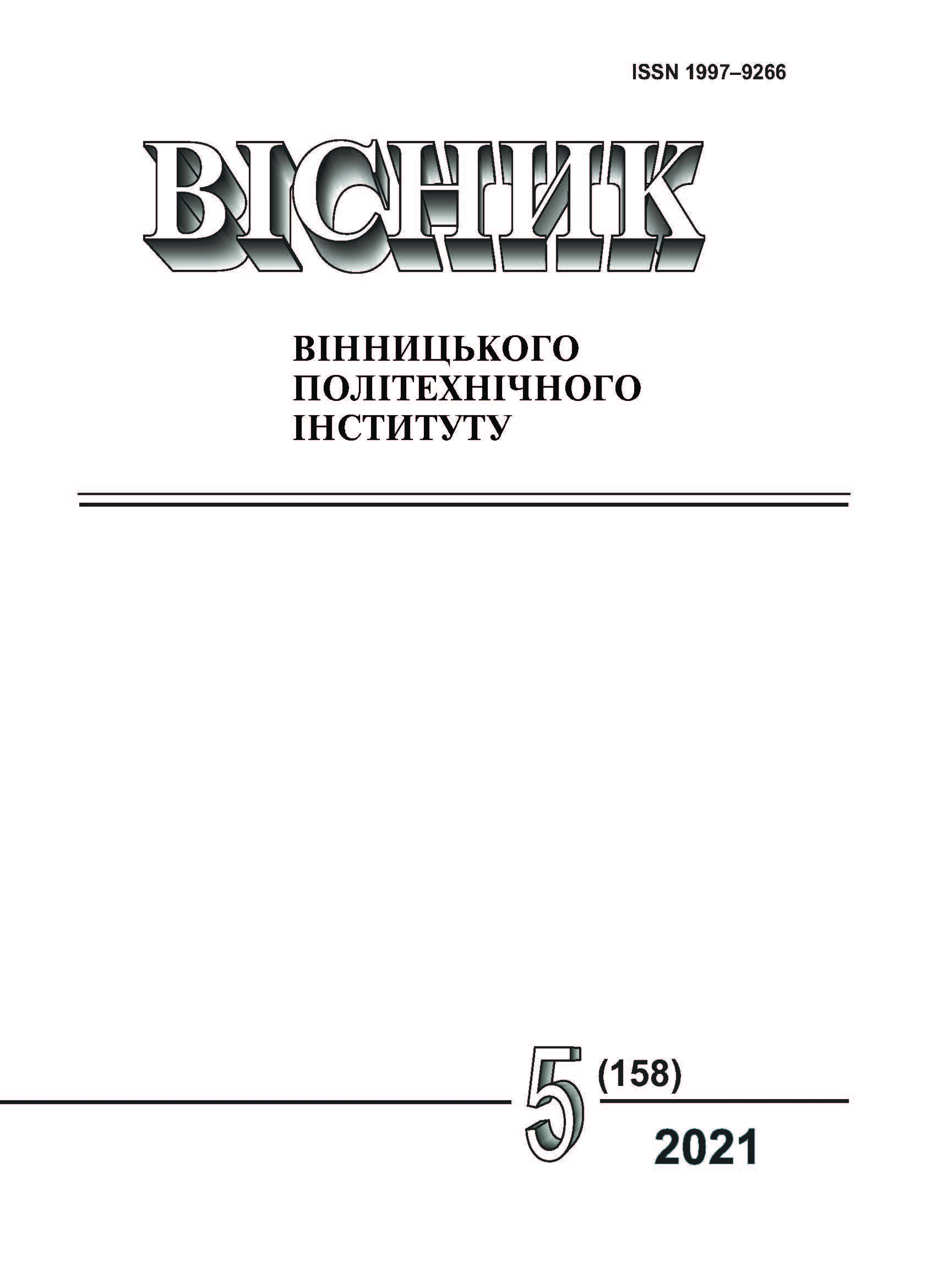Growth of Production Volumes and Fields of Use of Reinforced Concrete Blocks
DOI:
https://doi.org/10.31649/1997-9266-2021-158-5-7-18Keywords:
autoclaved aerated concrete, production, masonry, special aerated concrete blocksAbstract
The current state of production of autoclaved aerated concrete in Ukraine is investigated in the article. The purpose of the article is to study the state of production of aerated concrete autoclave hardening (AGB) of the main technological features of masonry using standard aerated concrete blocks and special purpose blocks (O-blocks, U-blocks and T-blocks).
The analysis of the dynamics of production of ordinary clay bricks, which is being displaced from the construction market by autoclaved aerated concrete due to the high energy consumption of its production and low thermal insulation properties, is given.
The structure of production of AGB of Ukraine by density is analyzed. Most manufacturers of AGB Ukraine produce D500 aerated concrete. The world’s best AGB manufacturers produce energy-efficient aerated concrete D400 and D300. The economic and operational technological advantages of low-density aerated concrete block masonry and the prospects for increasing the production of effective thermal insulation aerated concrete with a density of 100…150 kg/m3 are shown. The advantages of using aerated concrete blocks of cement and polyurethane foam glue instead of traditional cement-sand mortars are given. At the same time heat losses through seams which are "cold bridges" are eliminated.
Prospects for the use of aerated concrete blocks for special purposes O-blocks used as fixed formwork to strengthen the wall structure, ventilation ducts, window and yard jumpers. Aerated concrete T-blocks perform the function of an effective thermal liner when installing a prefabricated monolithic floor.
References
В. В. Коровкевич, и др., Малоэтажные дома из ячеистых бетонов. Рекомендации по проектированию, строительству и эксплуатации. Ленинград, ЛенЗНИИЭП, 1989, 284 с.
Д. Г. Рудченко, і В. Р. Сердюк, «Пути энергосбережения при использовании и производстве газобетона низкой плотности,» Будівельні матеріали та вироби, № 1-2 (102), с. 4-10, 2021.
Т. В. Сердюк, С. Ю. Франишина, В. Р. Сердюк, і Д. Г. Рудченко, «Вплив енерго-екологічних складових на будівництво житла і виробництво стінових будівельних матеріалів,» Вісник Вінницького політехнічного інституту, № 3, с.7-17, 2021.
«Рынок автоклавного аэрированного бетона (AAC),» Research And Markets.com. [Электронный ресурс]. Режим доступа: https://www.researchandmarkets.com/r/6fmucz .
В. П. Вылегжанин, и В. А. Пинскер, «Автоклавный газобетон для строительства экономичного и экологичного жильця,» Журнал Строительные материалы, № 8, с. 8-11, 2009.
Г. И. Гринфельд, и А. А. Вишневский, «Рынок автоклавного газобетона России в 2020 году,» в Матер. 11-й Межд. НПК «Опыт производства и применения ячеистого бетона автоклавного твердения» (Минск, 19–20 Мая 2021 года), с. 13-17.
Клаус Бонеманн, и Г. В. Романова, «Wehrhahn: более 10 лет на рынке производства автоклавного газобетона в странах СНГ и Балтии,» в Материалы 8-й Межд. НПК конференции «Опыт производства и применения ячеистого бетона автоклавного твердения». Минск: «Стринко», 2014, с. 47-52.
В. В. Коровкевич, «Жилые дома из ячеистых блоков для сельского жилищно-гражданского строительства,» Промышленность автоклавных материалов и местных вяжущих. Экспресс информация, вып. 7, 1983, с. 28-31.
А. Глумов, «Кладка на полиуретановых составах: как устранить мостики холода,» Строительные материалы, оборудование, технологии XXI века, № 4, с. 30-31, 2014.
А. С. Горшков, и Е. С. Никифоров, «Инновационная технология возведения стен и перегородок из ячеистобетонных изделий автоклавного твердения на пенополиуретановых клеях,» в Материалы НПК «Современный автоклавный газобетон», май 2013, с. 19-26.
А. С. Горшков, Г. И. Гринфельд, В. Е. Мишин, и Н. И. Ватин, «Повышение теплотехнической однородности стен из ячеистобетонных изделий за счет использования в кладке полиуретанового клея,» Строительные материалы. № 4, с. 1-8, 2014.
В. А. Пинскер, В. П. Вилегжаніна, і А. Г. Почтенко, «Збірно-монолітні перекриття з газобетонних блоків,» в Пористі бетони в сучасному будівництві. Збірник доповідей, вип. 4, с. 14-16, 2007.
Downloads
-
PDF (Українська)
Downloads: 364
Published
How to Cite
Issue
Section
License

This work is licensed under a Creative Commons Attribution 4.0 International License.
Authors who publish with this journal agree to the following terms:
- Authors retain copyright and grant the journal right of first publication.
- Authors are able to enter into separate, additional contractual arrangements for the non-exclusive distribution of the journal's published version of the work (e.g., post it to an institutional repository or publish it in a book), with an acknowledgment of its initial publication in this journal.
- Authors are permitted and encouraged to post their work online (e.g., in institutional repositories or on their website) prior to and during the submission process, as it can lead to productive exchanges, as well as earlier and greater citation of published work (See The Effect of Open Access).





